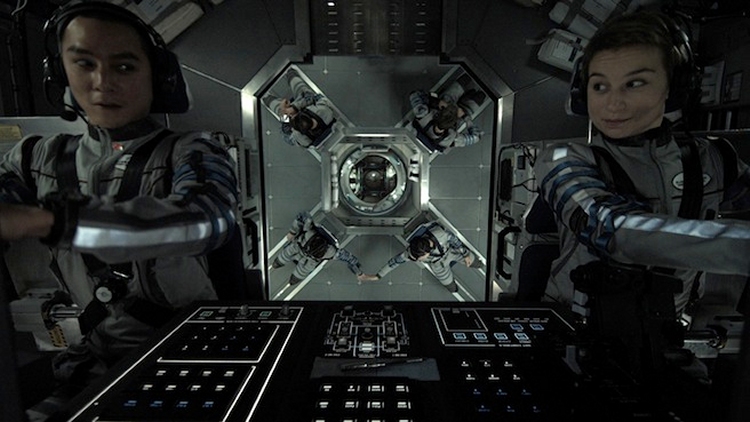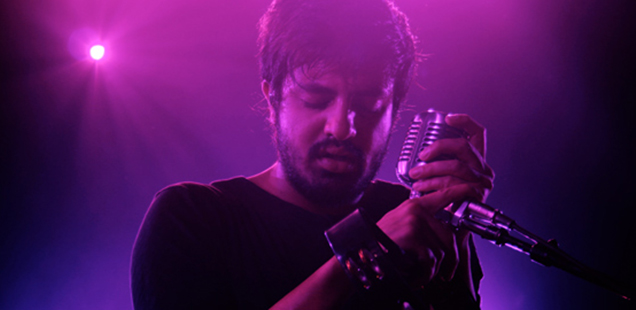Movie Review: ‘Europa Report’ Explores Lost Space Mission Footage

Europa Report is a found footage film, and even if that artifice is becoming somewhat tired, director Sebastian Cordero delivers one of the better recent films in the genre. Low-budget but with breathtaking visuals and effects, it recreates the story of the first manned mission to Jupiter’s moon Europa — a mission which never returned.
Set in the near future, the film is an amalgamation of talking heads from scientists on Earth who oversaw the mission, conference footage of the same scientists and camera footage from the spacecraft itself. While anchoring the story within a contemporary reality creates a real sense of urgency and connection, it also falls prey to the traps of found footage films. The major flaw, or rather, difficulty in creating a found footage film is that the director, editor, or whoever put together the footage becomes an unseen character themselves. Unlike a narrative film which is created to tell a specific story however the creator(s) see fit, a narrative found footage story is more akin to a documentary. So, in that sense, the viewer must question the intentions of whoever is putting together the footage. With that in mind, Europa Report’s biggest flaw is that it wants to play as a narrative sci-fi thriller, complete with foreshadowing and non-linear twists but within the framework of lost information being presented for the first time.
However, despite it’s shortcomings with reference to genre, it’s a small, compact film that is slow to start but picks up throughout its second half to create something tense yet beautiful. The seven person crew, comprised of a few famous faces like Sharlto Copley (Elysium) and Michael Nyqvist (The Girl With the Dragon Tattoo), are the first to ever go beyond the Earth’s moon, with a final destination of Europa in hopes of finding proof of life. Of course, things aren’t so smooth and they lose contact with Earth halfway there. But they push on and their instincts as human beings clash with their instincts as scientists thirsty for knowledge and answers.
By positing the mission as the first ever of it’s kind, it allows for unknown problems to arise without them feeling forced or deus ex machinas. Everyone involved — those on Earth and those on the mission — are aware of the possible sacrifices and that their understanding of the universe and the mission will only take them so far. Much of the film is derived from footage on the spacecraft, mostly from security-type cameras which can admittedly become cumbersome. Because the ship is outfitted with a plethora of cameras, the screen is frequently split into four to show multiple crew members on different parts of the ship. On a big screen this isn’t a big deal, but this isn’t a big theatrical movie. It will undoubtedly be seen mostly in smaller art theatres and at home. Still, it’s a small complaint and one that is more aligned with how films are viewed today rather than the creative process itself.
As the story builds and focuses more on the crew and less on the confessionals of the mission’s scientists on Earth, the film comes more into focus as the characters are faced with more and more challenges, both with the mission itself and those that have arisen from losing contact. The set designs are reminiscent of another recent low-budget but visually stunning film, Moon. While that film has become something of a classic within the sci-fi genre, Europa Report falls short of a similar status. Still, it’s a low budget, compact piece of storytelling that puts many of the summer’s bigger blockbusters to shame.
Rating: 3.5 out of 5





